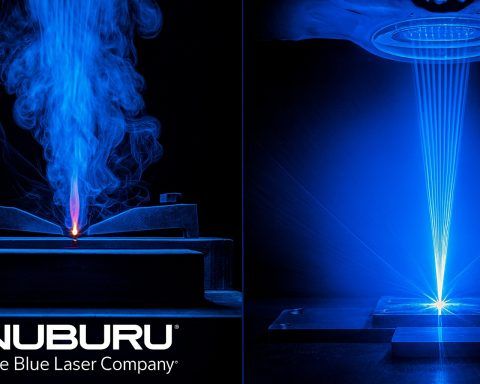
Nuburu’s Blue Laser Revolution: Defense Pivot Propels BURU Stock to Skyrocket
Key Facts & Stock Snapshot (as of Oct 8, 2025) Company Background: From Blue Lasers to Defense Tech Pivot Nuburu’s Origins: Nuburu was founded in 2015 to develop high-power, high-brightness blue lasers for industrial applications ir.nuburu.net ir.nuburu.net. Blue lasers operate at shorter wavelengths

